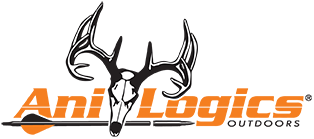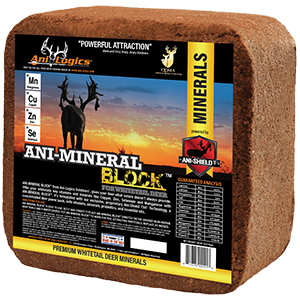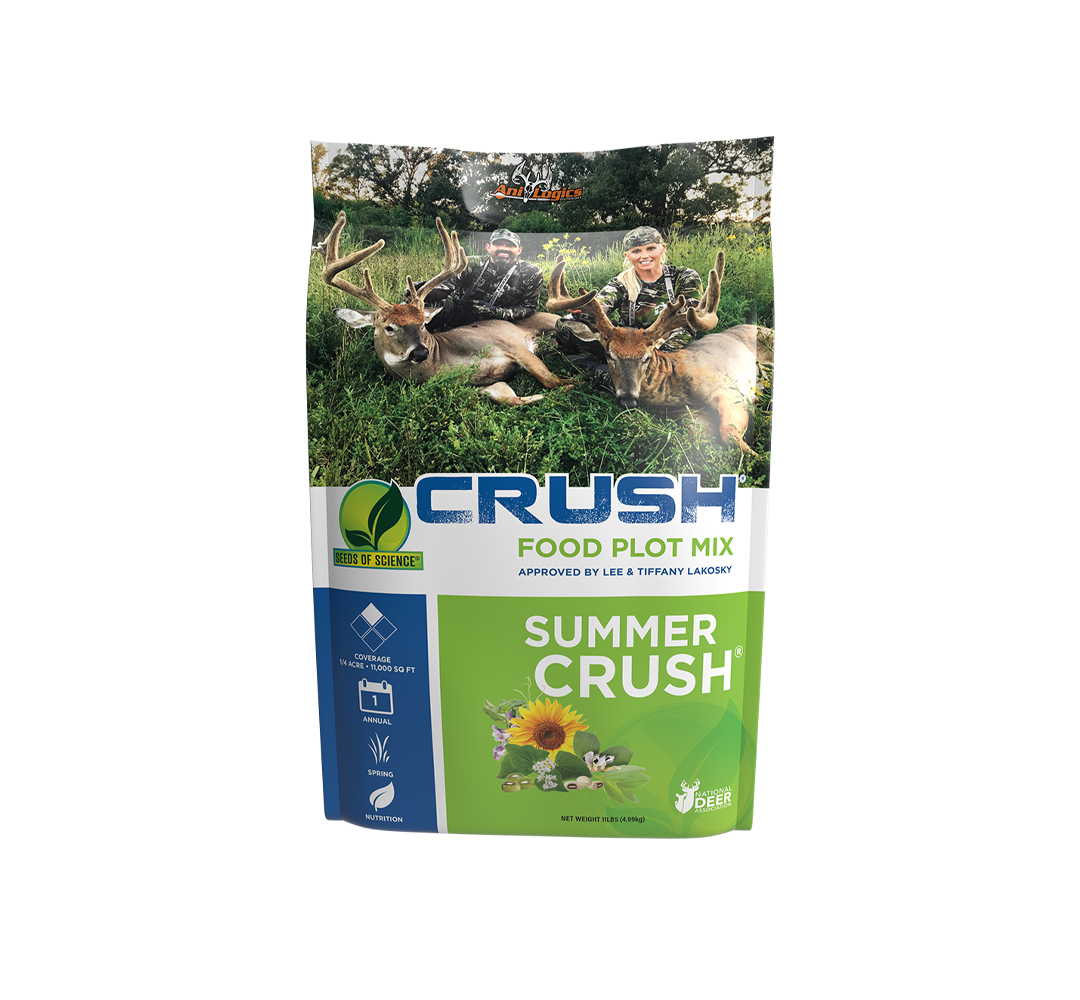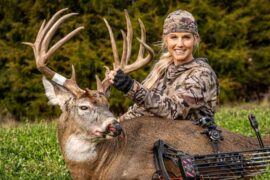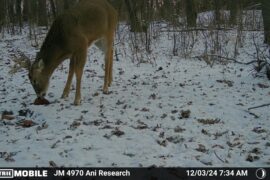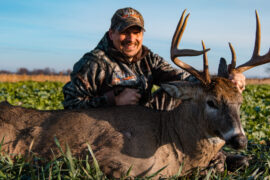Hemorrhagic Disease Rears Its Ugly Head in the Midwest
As fall quickly approaches, most deer managers are eagerly awaiting the first hard frost of the year. The first hard frost will kill the biting midges that are responsible for spreading the deadly virus known as Hemorrhagic Disease (HD). Unfortunately the 10 day forecast for the Midwest has lows that only fall into the low 40s. There are already reports coming from South Dakota, Illinois and Michigan of die-offs caused by HD. One landowner near Mitchell, SD lost 35 deer on one property. The frequency and severity of outbreaks differs greatly from year to year, and up until this point, no severe outbreaks have been reported for 2016. There are different versions of the virus that can cause clinical symptoms which are epizootic hemorrhagic disease (EHD) and blue tongue (BT). There are also different serotypes of each virus, which can show up in new areas and have widespread, devastating effects. The geographical range of HD outbreak is expanding, likely as a result of climate change. The average first frost date for our part of Minnesota is October 1st to the 10th whereas this year it looks like it will be more like Oct 15-20th. 10 days may not seem like a big difference, but that is 10 extra days that a midge has the opportunity to bite a deer and spread the disease.

2012 was one of the worst recorded outbreaks for HD. Drought and high temperatures into October meant a longer time-frame for deer to be exposed to the biting midge that carried the virus. The midge breeds in the mud flats along water sources, so more exposed mud meant more midge habitat. The good news is that even in the worst hit areas, HD didn’t kill 100% of the population. The deer that were in the very best condition survived, and that is exactly how Ani-Logics™ can help when the next big wave of HD hits your property. Our veterinarians know that in order to survive exposure to HD, a deer must have their immune system in peak condition. The Ani-Shield TX4 that is present in all Ani-Logics™ products is designed to increase immune system function, which will raise the survival rate of deer on your farm.
The Ani-shield TX4 is not a vaccine, but more like a safety blanket. When the immune system is firing on all cylinders, deer can fend off a variety of secondary disease challenges that can be caused by ticks, worms, mange, as well as biting flies. The other good aspect of our supplemental feed program is that it will increase reproductive performance of the herd. When you lose deer in a variety of ways (disease, predators, hunters, and vehicle accidents), it’s up to the remaining herd to fill the void. A variety of studies have shown that recruitment is increased when does have access to supplemental feed.
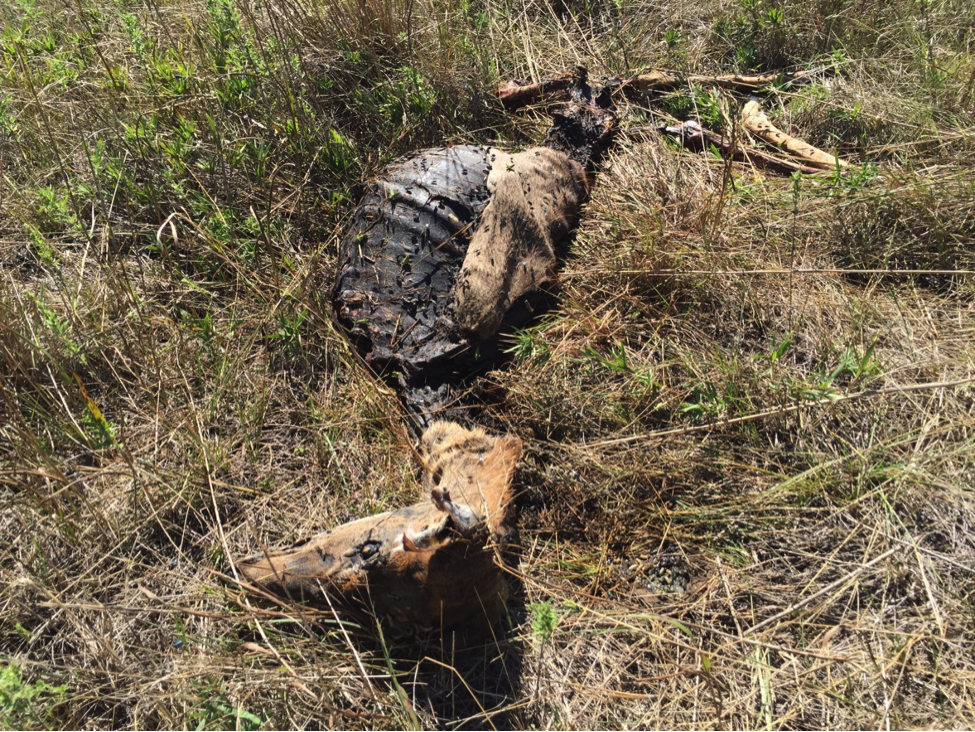
This picture was from a farm in Nebraska Sept 9th. The landowner found this doe about 100 yards from a pond. Without laboratory testing, it’s impossible to know what actually killed this doe, but proximity to water and the time of year indicate EHD was the culprit.
If you happen to find sick or dead deer on your property, call your local wildlife biologist. These trained professionals may want to collect tissue samples and send them off to a laboratory for diagnostics. Look for signs of disease by checking water sources for sick deer. Deer that are showing clinical signs of disease will often have swollen head, neck, tongue or eyelids. They will have difficulty breathing and may also lose their fear of humans. Deer that have survived exposure to the HD virus will often have interrupted hoof growth.
-Tim Neuman, Wildlife Biologist
Your Cart
Categories
- Attractants 26
- CWD 1
- Deer Management 62
- EHD 3
- Food Plots 17
- Hunting 85
- Land Management 17
- Minerals 28
- Shed Hunting 4
- Supplements 36
- Turkey Hunting 6
Browse Tags
Products
-
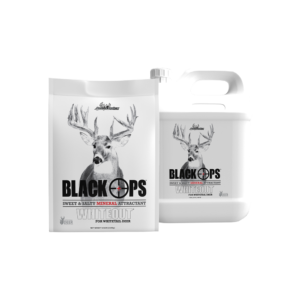 Whiteout Frenzy
$103.90
Whiteout Frenzy
$103.90 -
-
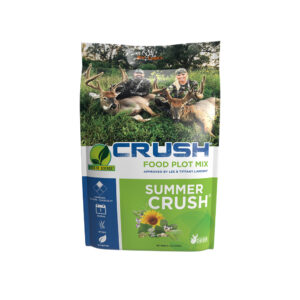 Summer CRUSH
$39.99 – $129.99
Summer CRUSH
$39.99 – $129.99 -
-
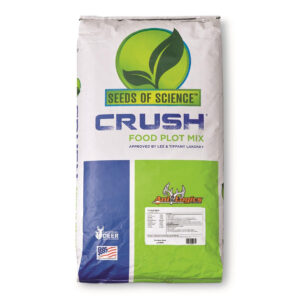 CRUSH Pro Bean Blend
$139.99
CRUSH Pro Bean Blend
$139.99 -
-
 Ani-Shield Base Mix
$59.99
Ani-Shield Base Mix
$59.99 -
